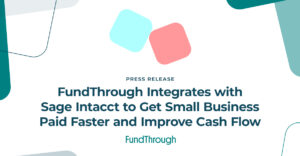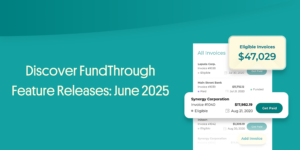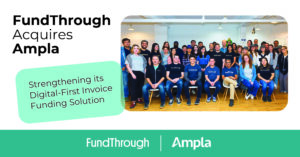At first glance, early payment terms like 2/15 Net 30 seem like a win-win—clients save money, and you get paid faster. But after working with hundreds of businesses navigating cash flow management, we’ve found these discounts often come with hidden costs that outweigh the benefits.
Here’s why we recommend rethinking them.
1. They’re More Expensive Than They Seem
That small 2% discount for paying early? It’s not as harmless as it looks.
Let’s break it down:
If a client takes a 2% discount for paying 15 days early, that’s an annualized rate of 48%. A 5% discount over 30 days? That’s equivalent to a 60% APR—which would make any CFO’s eyes widen.
According to The Wall Street Journal, early payment discounts can quietly “shave thousands off your bottom line” if used habitually, particularly for large-ticket invoices. (source)
2. They Create Misaligned Expectations
In our experience, offering early payment incentives can inadvertently train clients to expect discounts—even when they pay on time, not early.
What starts as a courtesy can become a point of contention, especially with long-term clients who begin seeing the discount as a standard. This undermines your pricing integrity and can complicate future negotiations.
3. They Make Cash Flow Less Predictable
Ironically, a strategy designed to accelerate payments can actually make cash flow more volatile.
When you’re unsure who will take the discount and when, revenue forecasting becomes guesswork. It gets harder to plan for payroll, inventory, or debt repayments when payments fluctuate by 2–5% across clients.
In a 2022 survey by QuickBooks, 1 in 4 small businesses cited “unpredictable payment timing” as their biggest barrier to growth (source).
A Better Way: Get Paid Early Without Sacrificing Margin
Instead of giving up revenue through discounts, consider getting your accounts receivable paid early with a factoring company who can give your more than working capital. That’s our approach.
We help businesses access funds immediately after invoicing, without waiting 30, 45, or 60 days. Your clients still pay on Net 30 or whatever net terms you’ve set. But you get your money upfront–along with added values like A/R management and collections support. (Don’t worry, we treat your customers like our own.)
This creates:
- Predictable cash flow
- Stronger pricing discipline
Working capital for growth, payroll and more



